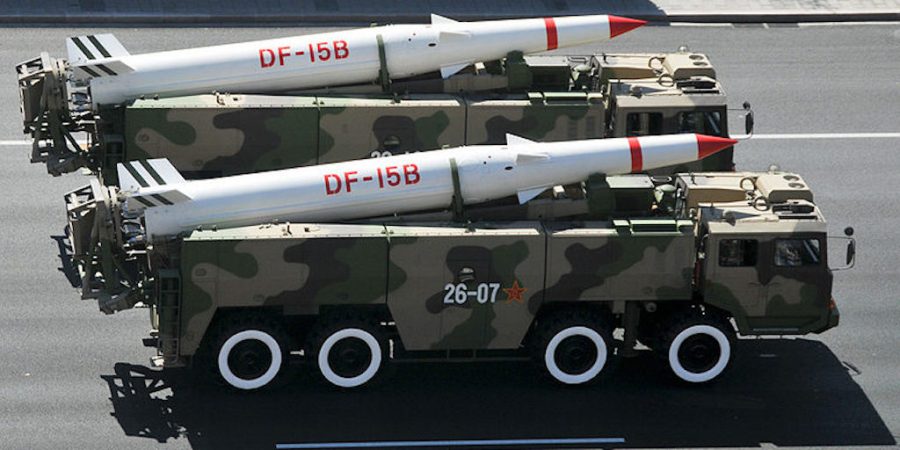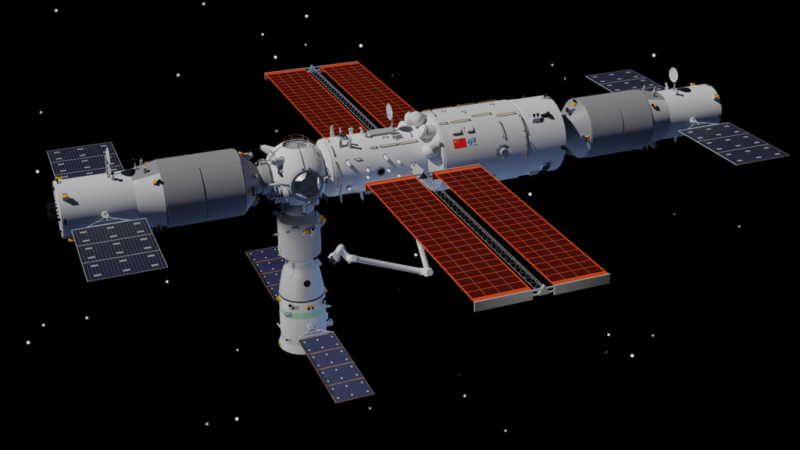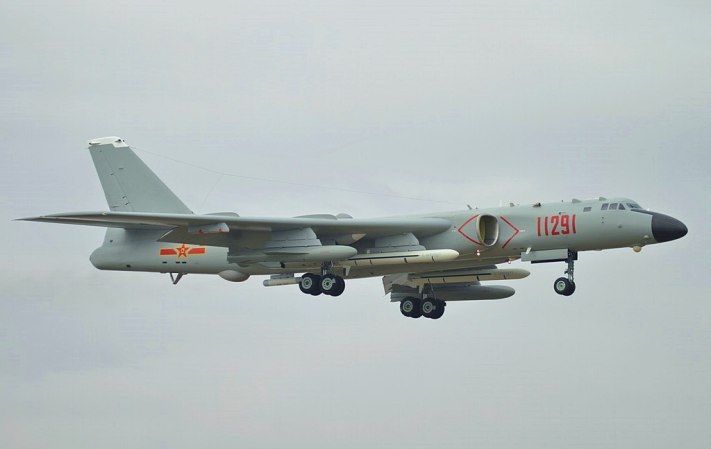The new space race is on, and the evidence is everywhere (for those who are looking). There are also more than two competitors these days. The United States and Russia are still working in space, but they have been joined in the past few decades by countries who are making huge strides in their own space missions. The Indian Space Research Organisation’s (ISRO) Chandrayaan-3 rover is currently on the moon. The European Space Agency (ESA) not only landed a spacecraft on a comet in 2014, but it also announced the creation of lab-grown meat for its astronauts on long space missions. China’s National Space Administration, though not currently leading the pack, has big ambitions for its space program and those plans could make it the leader in space by the end of the decade.
Here’s 3 Reasons why China will be the leading power in space by 2030
1. The Miyin Space Telescope
China intends to complete construction of the Miyin space telescope by 2030 and it will be the most powerful space-based telescope Earth has to offer. The Miyin is actually a series of telescopes, four light-collecting telescopes and a beam combiner, built in deep space to be used to look for habitable planets in other star systems. Although it’s still in development, the technology is expected to be tested aboard China’s Tiangong space station in 2024, and a prototype is expected to launch in 2027.
NASA is working on a similar telescope with the same mission, using similar technology, but its version is expected to cost an estimated $11 billion and won’t be operational until 2040. On top of the cost, it’s also facing some significant timeline setbacks.
2. The Chinese Deep Space Network
At the 74th International Astronautical Congress in Baku, Azerbaijan in October 2023, Chinese researchers detailed the Queqiao constellation concept, a three-stage communication, navigation and remote sensing network that extends from the sun to the former planet Pluto. China’s Deep Space Exploration Laboratory (DSEL) outlined a “constellation” of spacecraft that would form staging stations that would not only facilitate the movement of human-manned space vessels, but also house communications and navigation relays.
Some of the proposed components of the Queqiao constellation are already parts of China’s lunar landing missions. In May of 2024, the People’s Republic intends to launch satellites that will form an Earth-moon communications relay.
3. Chinese-led International Lunar Research Station
China is leading a multinational effort to establish a permanent research station on the moon, one that will facilitate lunar orbit operations and moon landings. Its purpose is multidisciplinary and its first phase, reconnaissance, will be completed in 2025. Though its second phase, the construction phase, is expected to take up to ten years, it is intended to become an autonomous operation by the time construction is complete.
The real concern for the United States is the list of countries who have signed on to benefit from the Lunar Research Station’s findings. So far, founding members China and Russia are joined by Venezuela and Belarus, along with America’s perpetual frenemy Pakistan and the more friendly UAE and South Africa.
Because all these deep space plans have similar American and Western counterparts, the West seems to have taken little notice of China’s deep space ambitions. But the true cause for concern isn’t China’s space goals, it’s the technology they will undoubtedly develop along the way. The groundwork for much of the technological advancement we enjoy as Americans now was laid by NASA during the Space Race, including microwaves, GPS and more. Chinese supremacy in this new race for discovery could leave the United States light years behind.
















